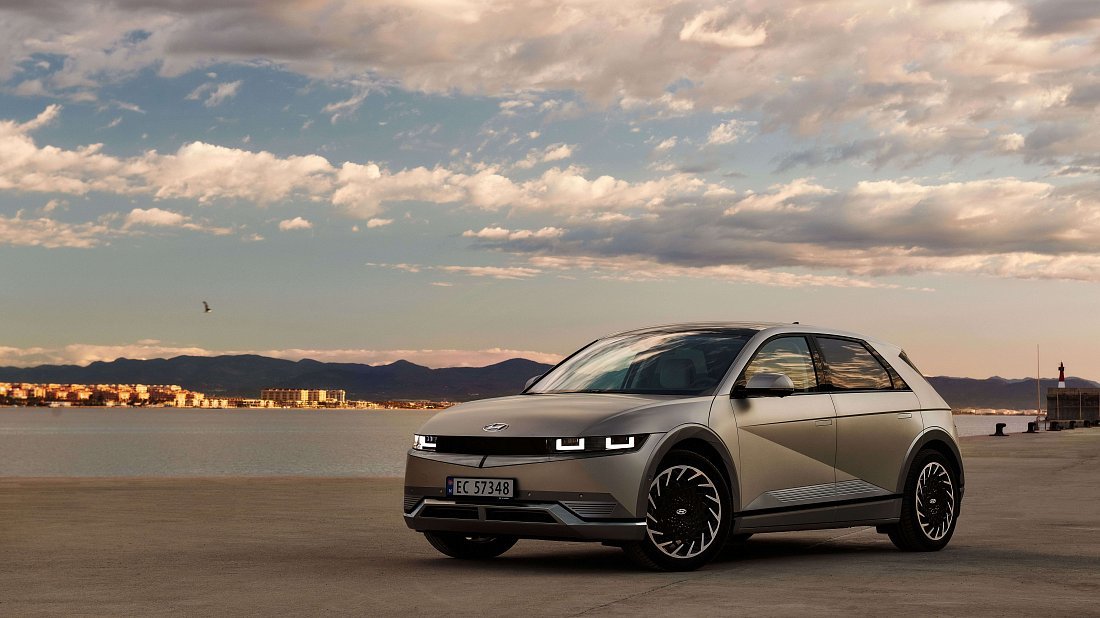EURO 1-phase 10A
- Socket specs
Socket specs
- 230 V, 10 A, 1-phase
- Socket output
Socket output
- 2.3 kW
- Charging 20-80%
Charging 20-80%
- 20 h 17 min (~13 km/h)


The Hyundai Ioniq 5 Project 45 is an all-electric all-wheel drive SUV. It came out in 2021. Hyundai stopped making the Project 45 in 2021.
The Hyundai Ioniq 5 Project 45 has a 72.6 kWh battery pack, allowing it to travel up to 366 km on a single charge. The car has an average efficiency of 19.1 kWh per 100 km (or 191 Wh/km) — ranked №314 out of 586 electric vehicles.
The Hyundai Ioniq 5 Project 45 is equipped with a powertrain that delivers up to 225 kW (302 hp) of power and 605 Nm of torque.
This enables a 0 to 100 km/h acceleration in 5.2 seconds (ranked №167 out of 586 electric vehicles) and a top speed of 185 km/h.
Hyundai Ioniq 5 Project 45 achieves a real-world range of 329–403 km, placing it at №314 among 586 electric vehicles. However, this range is subject to several influences:
It's important to acknowledge that these are estimations, and your actual driving range may differ. Consider these factors when planning your trip and be ready for potential charging stops.
Utilize the interactive EV Navigation map for trip planning assistance.
The Hyundai Ioniq 5 Project 45 in Europe comes with a CCS Type 2 charging port. It can be charged at home using a standard domestic socket or at any public AC charging station with the compatible cable. It's important to note that the car's on-board charger (inverter) limits the maximum AC charging rate to 11 kW, resulting in approximately 52 km of range added per hour of charging.
For significantly faster charging, public DC fast-charging stations are available. Although the car can achieve a maximum DC charging rate of 221 kW, factors such as battery temperature and charge level may affect the actual charging speed.
Use our Charging calculator to estimate charging time, rate, and cost.
The size and weight specifications for Hyundai Ioniq 5 Project 45 are as follows:
Here's a breakdown of the Hyundai Ioniq 5 Project 45 cargo space:







